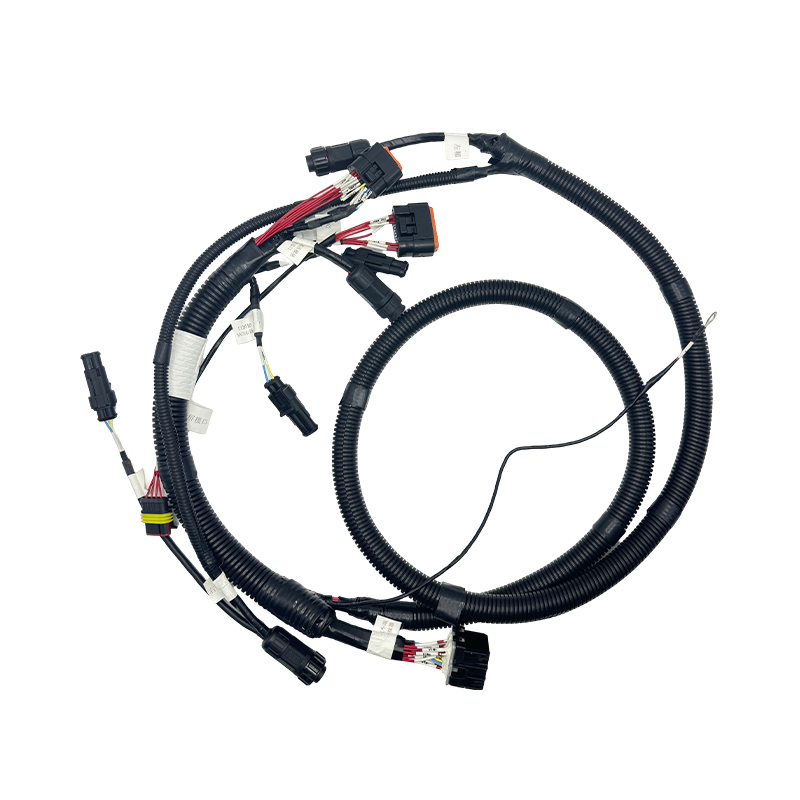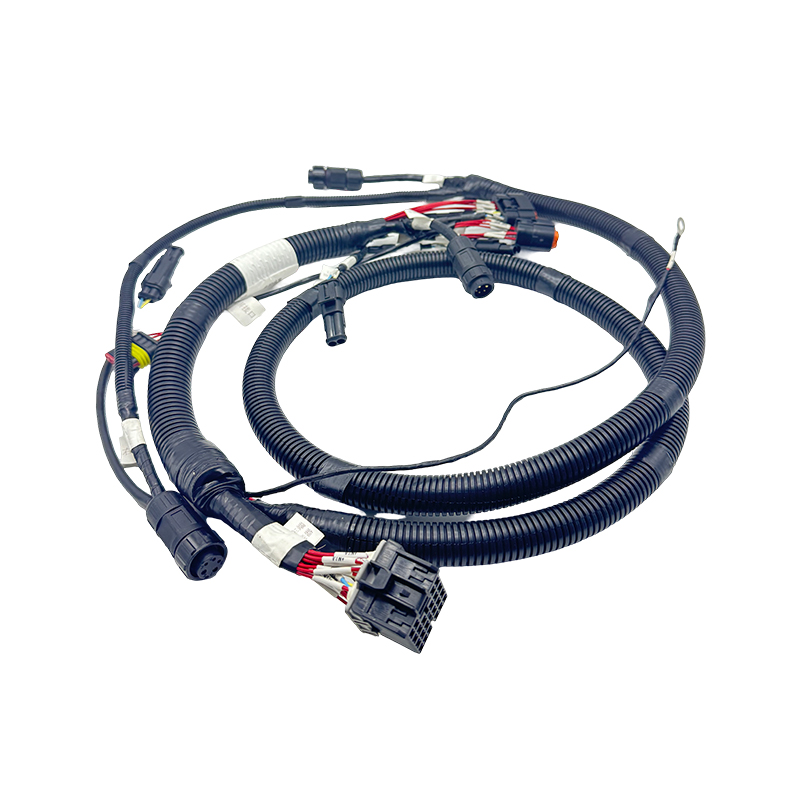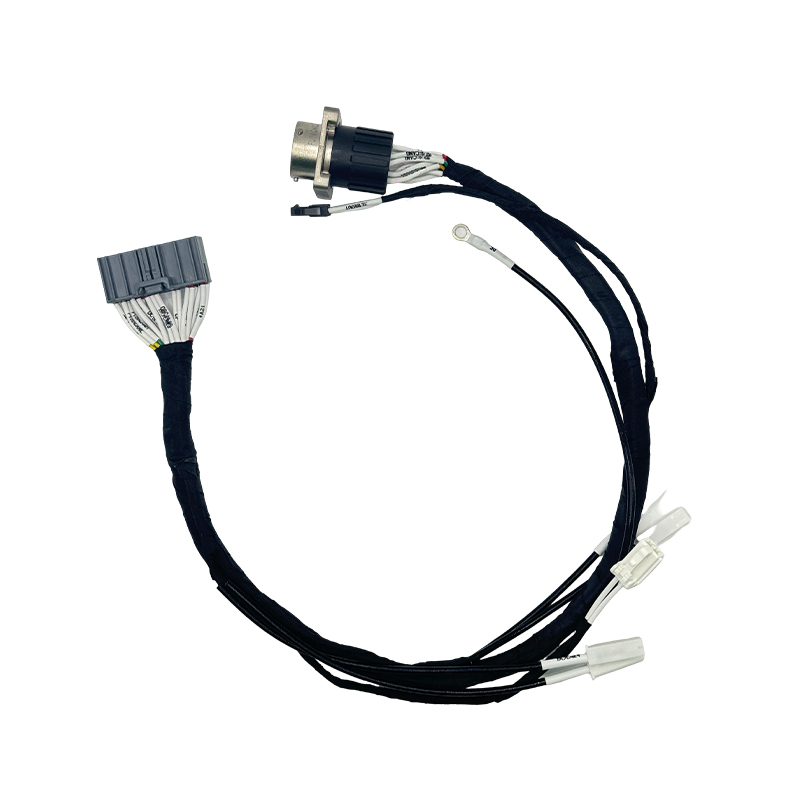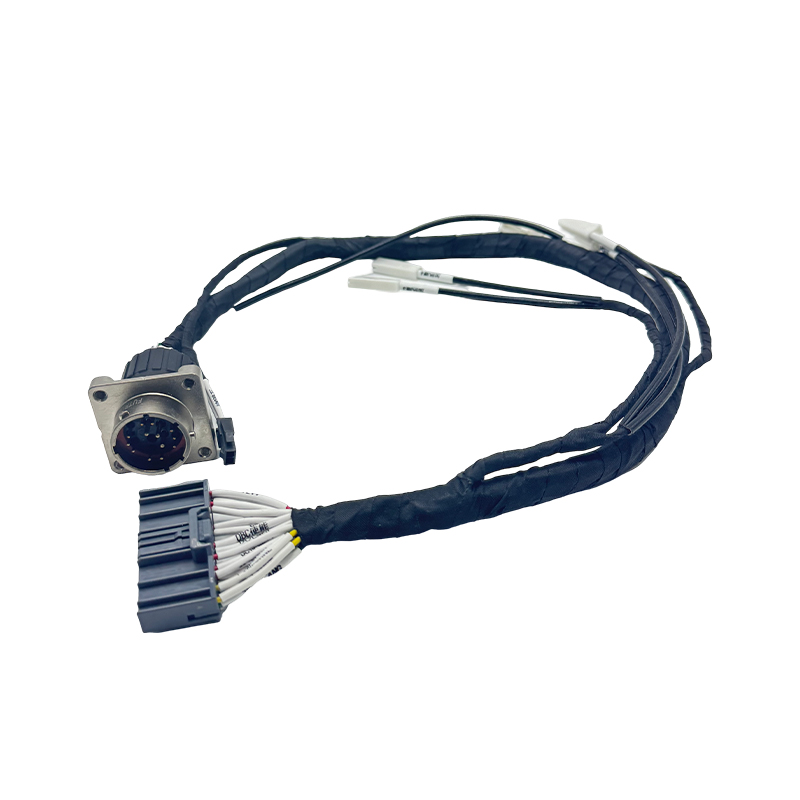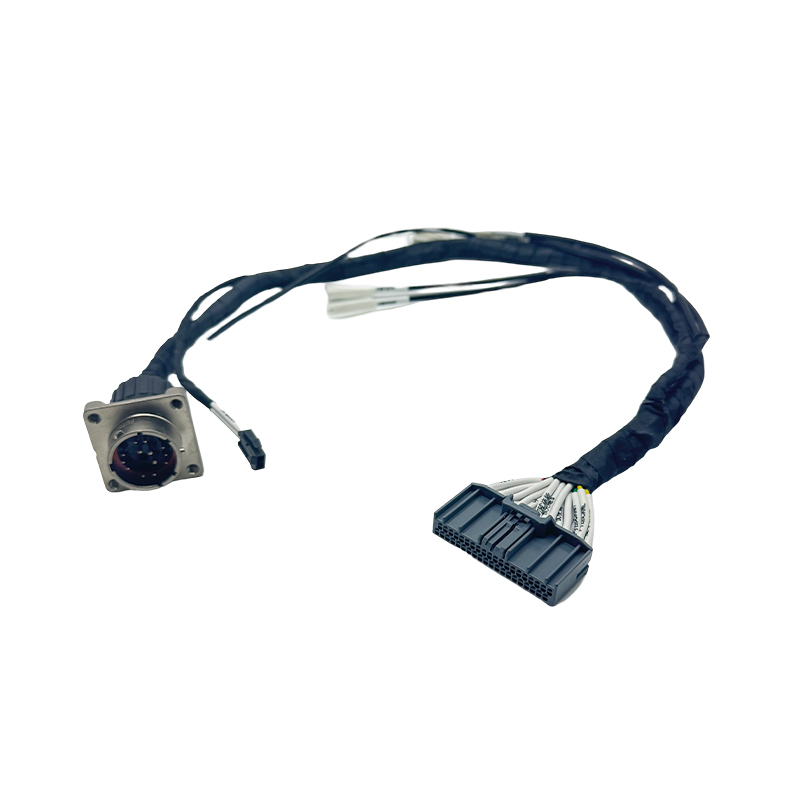New Energy Low Voltage Wiring Harness
New energy low-voltage wiring harnesses are cable harnesses specifically used in new energy equipment and systems, usually working in low voltage environments (such as 12V, 24V or 48V). These wiring harnesses are widely used in electric vehicles (EV), photovoltaic power generation, wind energy storage, home energy storage systems and other fields. Low-voltage wiring harnesses are of great significance in achieving power transmission and equipment connection.
1. Product Features
High conductivity:
Made of highly conductive copper material, ensuring efficient energy transmission under low voltage and low current conditions, reducing energy loss.
Flexibility and lightweight:
Flexible design, light weight of the harness, easy installation and wiring, adapting to the layout requirements of different equipment.
High temperature and corrosion resistance:
The use of high temperature and corrosion resistant insulation materials ensures the stability and durability of the harness in harsh environments.
High safety:
Equipped with multiple protection measures such as overload protection, short circuit protection and waterproof design to ensure the safety of the system during operation.
Multiple specifications:
A variety of specifications and types are available to meet the needs of different electrical equipment and systems.
2. Application scenarios
Electric vehicles (EV):
In electric vehicles, low-voltage harnesses are used to connect batteries, inverters, charging ports and other electrical equipment to ensure efficient power management and transmission.
Photovoltaic power generation system:
In solar photovoltaic systems, harnesses are responsible for connecting solar panels, inverters and energy storage devices to ensure efficient transmission of electricity.
Home energy storage system:
In home energy storage solutions, low-voltage wiring harnesses are used to connect batteries, chargers and inverters to achieve effective management of home energy.
Wind energy storage system:
In online wind power generation systems, wiring harnesses are used to connect generators, inverters and batteries to ensure efficient storage and utilization of wind energy.
Smart home devices:
In smart home applications, low-voltage wiring harnesses are used to connect various smart devices to support intelligent control and data transmission.
3. Installation precautions
Choose the right wiring harness:
Choose the right low-voltage wiring harness according to the voltage and current requirements of the system to ensure safety and efficiency.
Reasonable wiring:
Avoid sharp turns and tightening when wiring to protect the flexibility of the cable and reduce the risk of damage.
Insulation and protection:
Ensure that all connection parts have good insulation to prevent leakage and short circuits and ensure system safety.
Regular inspection:
Regularly check the status of the wiring harness to ensure a secure connection and replace aging or damaged parts in a timely manner.
4. Summary
New energy low-voltage wiring harnesses play an important role in modern new energy applications. Through efficient cable connections, they ensure the safe transmission of power and the stable operation of equipment. Its durability, flexibility and reliability make it widely used in electric vehicles, photovoltaic power generation, energy storage systems and other fields, supporting the efficient use of renewable energy.
Rated voltage:
Usually 12V, 24V, 48V, etc., depending on the design requirements of the application scenario.
Rated current:
The rated current of the harness is generally between 10A and 100A. Select the appropriate specification according to the power requirements of the device.
Operating temperature range:
The operating temperature range is generally -40°C to +85°C to ensure normal operation under various climatic conditions.
Cable specifications:
The cross-sectional area of the cable usually ranges from 0.5mm² to 35mm² to meet different power requirements.
Connector type:
Use high-reliability connectors such as MC4, Anderson, XT60, etc. to ensure a stable electrical connection.

